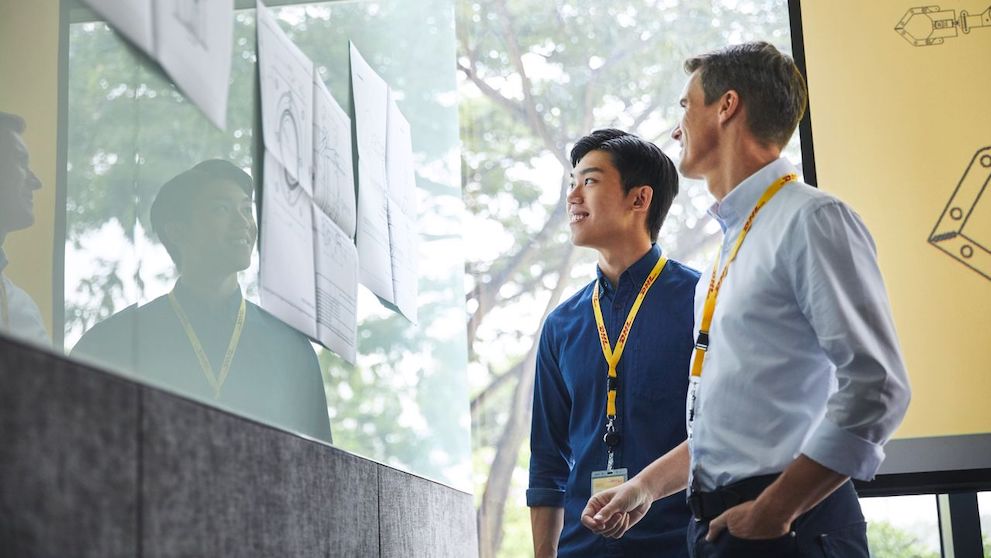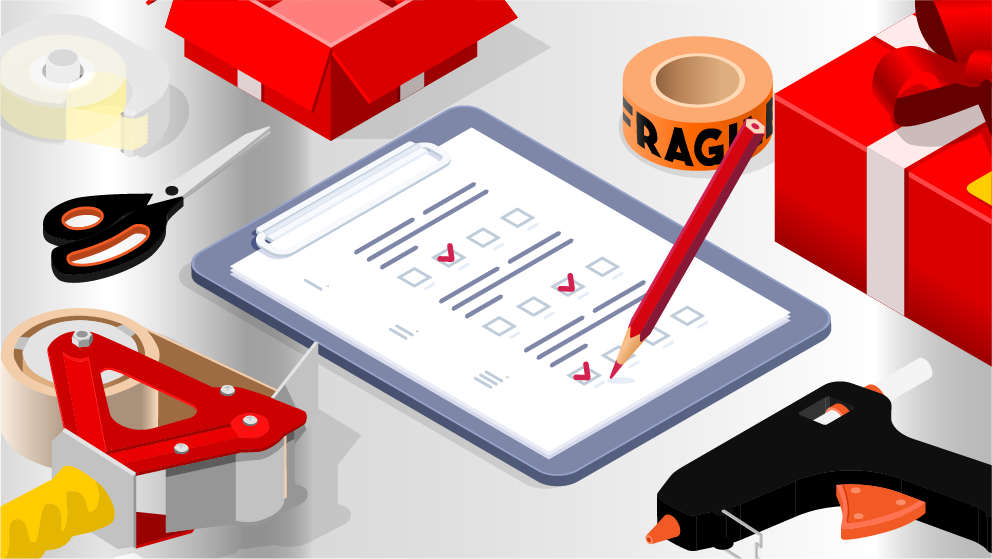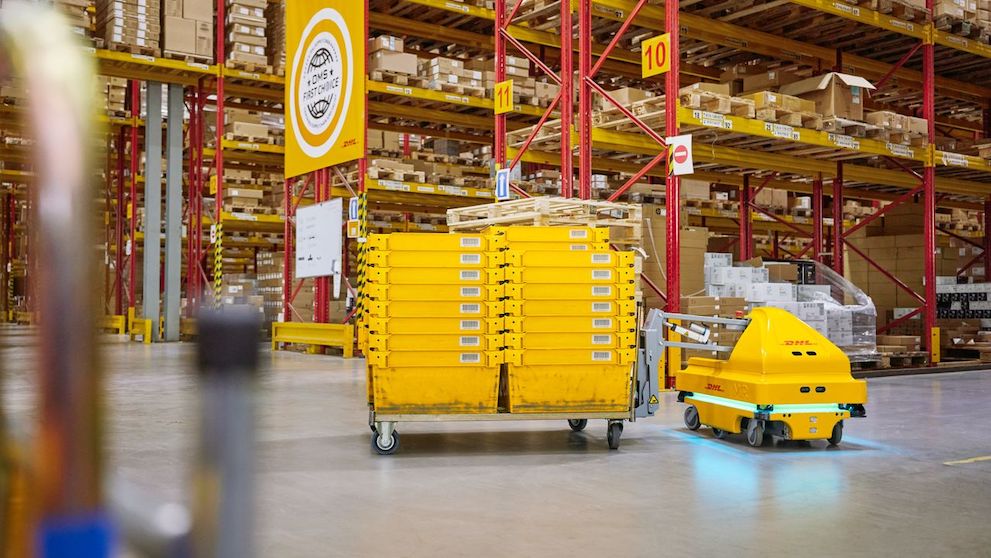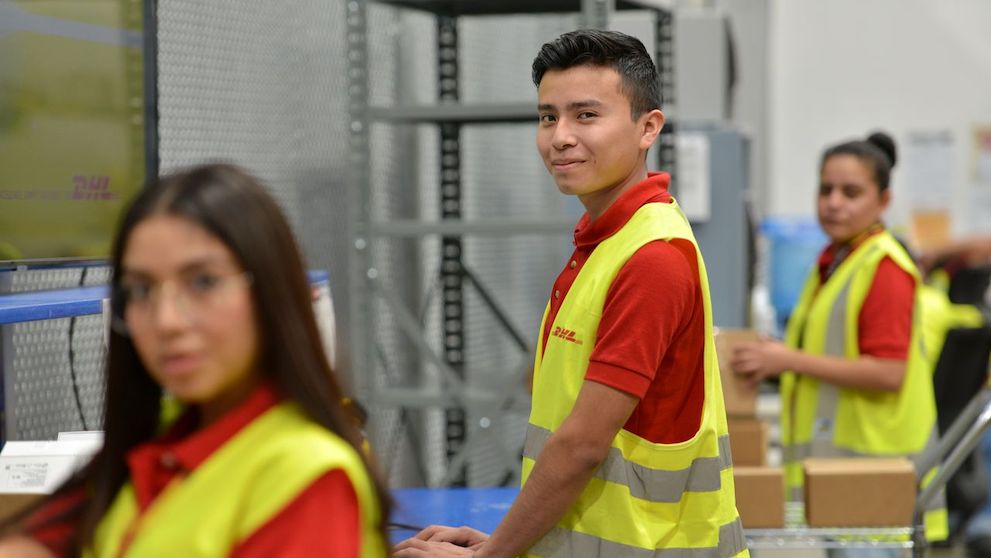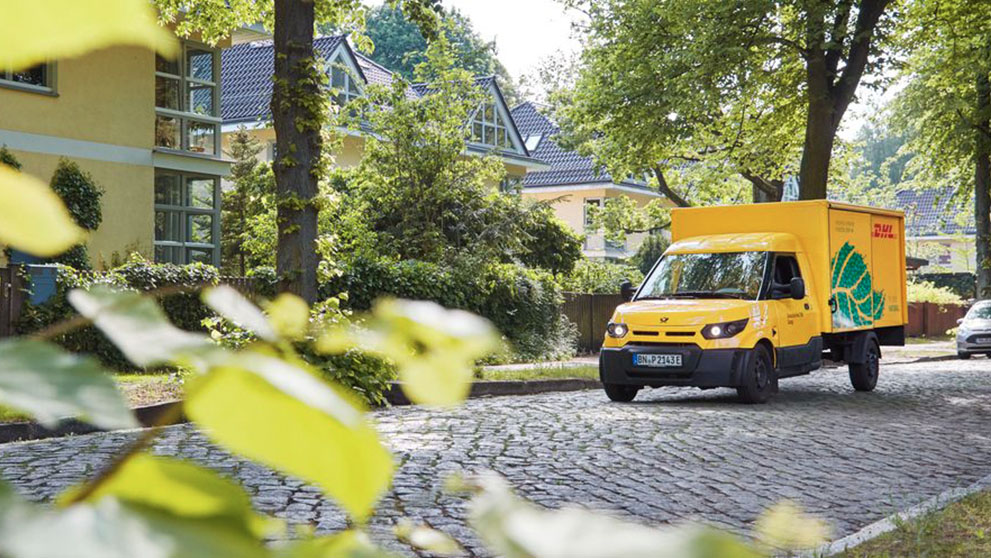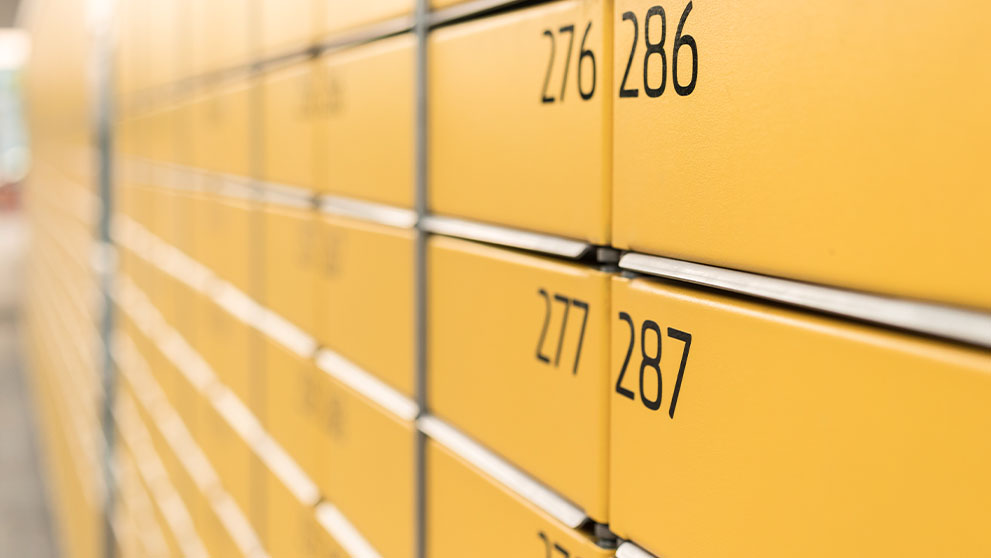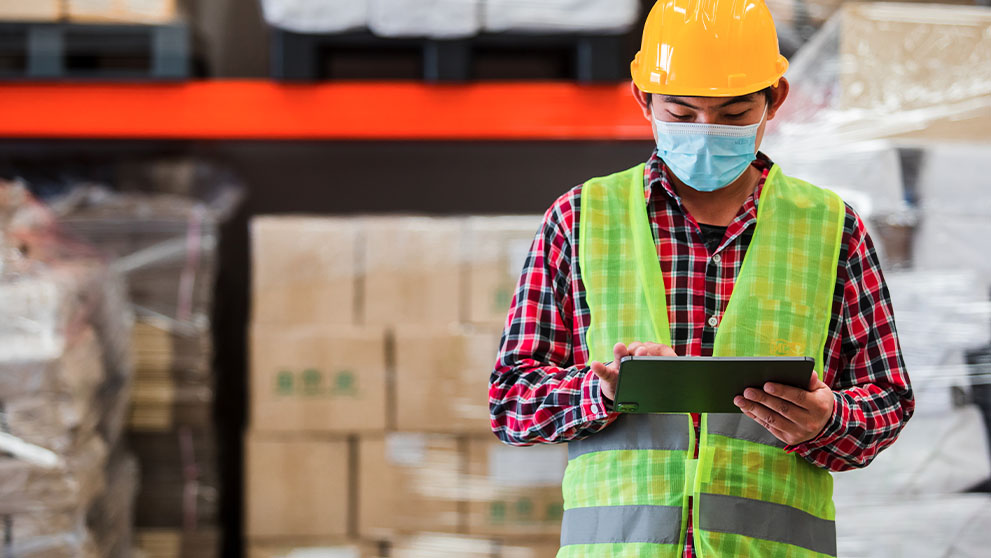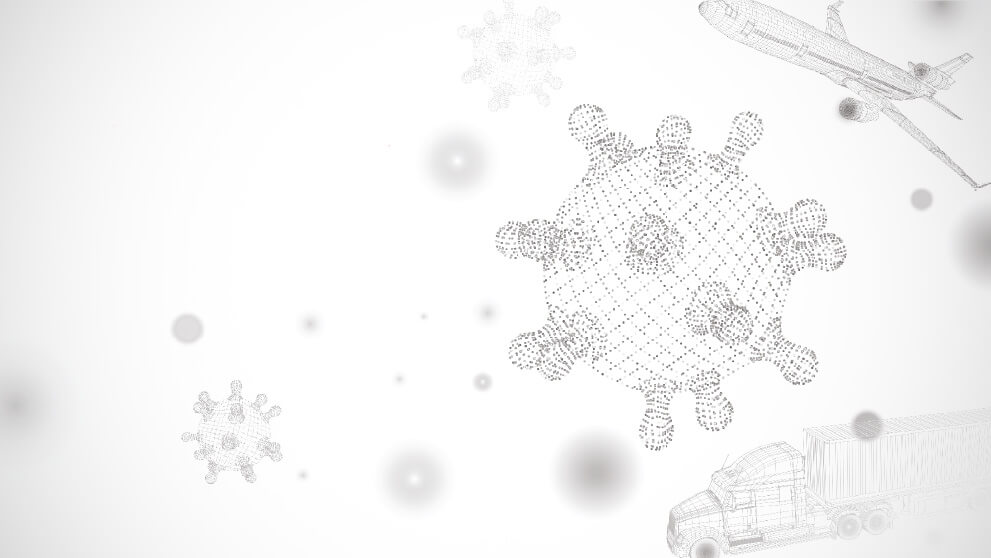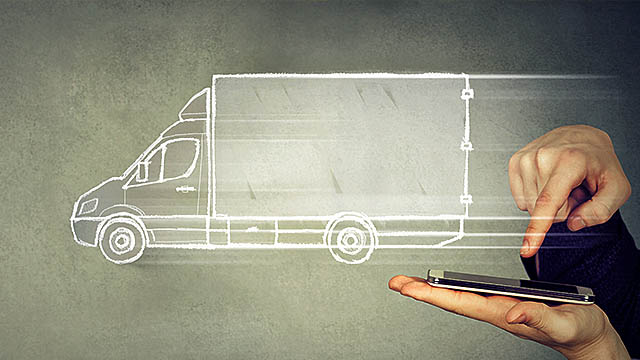When you think of the future, what do you imagine? Robots? Flying cars? Teleportation? When it comes to the world of logistics, you might get all three.
The future wouldn’t be the future without robots. As online retail grows, we’re going to need more of them. The US alone could experience an estimated shortfall of 25 million workers by 2030. No wonder Amazon purchased robotics company Kiva, developing robots that could move its warehouse shelves closer to its pickers.
Matthias Heutger, Senior Vice President of Strategy, Marketing and Innovation at DHL, sees that as just the first step:
“The big challenge is really can robots be able to pick themselves, which is much harder because simulating the human hand is the most complex thing to do, particularly when you have different shapes, different weights, different textures …”
The technology is really moving on. Take ‘Baxter’ by Rethink Robotics for example, an android so amenable its arms can be guided and positioned through simple, repetitive tasks.
Matthias sees the Baxters of this world, ‘collaborative robots’, as a hybrid solution to a very human challenge:
“… with collaborative robots. It’s different because in that case, it’s not either automated or manual … you can complement the human work with robotics technology.”
So, robots aren’t taking over as such, they’re simply a technology that’s being used to assist humans. And as we move further into the 21st century, that technology is getting smarter – and more useful.
Flying cars (ok, not quite – but self-driving cars and drones)
It’s not just in the warehouse that autonomous technology can deliver a better service. Companies such as Google, Volvo and Tesla are turning the self-driving car into a reality. Along with advantages in fuel saving and efficiency, the technology could allow truck drivers to rest on long-haul journeys. Closer to the destination, autonomous trolleys could follow delivery workers. Or drivers could drop off self-driving parcel vehicles that trundle along safely at pedestrian speeds taking your deliveries securely to the customer’s door.
In the air, although unmanned drone delivery is still in beta, delivery businesses are leading the way. Whereas predecessors were drones, the new versions offer tilt-wing aircraft that can automatically pick up shipments from a ‘Skyport’ and ferry them to the recipient. Successful trials have already been established in Bavaria where the Parcelcopter was used at a ski resort to transport medical supplies and equipment up and down the mountain.
Internet of Things (objects online rather than online objects)
Automated delivery requires ‘Things’ to communicate with each other. By 2020, more than 50 billion objects will be connected to the Internet. All these objects can provide information. That wealth of data from the Internet of Things could be used by artificial intelligence to change the way we understand the ‘supply chain’.
Sharing economy
By 2019, 90% of the world’s population will have access to fast mobile internet connection. This has created a whole new sharing economy where networks of users can trade goods, services or skills via digital platforms and so use resources more efficiently and enhance sustainable development.
Logistics is also benefiting from the ‘sharing’ trend. Apps can share information on unused warehouse space or spare capacity on vehicles, offering flexible and responsive pricing tailored to today’s on-demand culture. As Matthias points out,
“In the past … warehousing was always fixed pay for fixed time period, which for many smaller businesses does not really work.”
Teleportation (well, 3D printing actually)
What if you didn’t have to deliver a shipment at all, merely teleport it at the push of a button? Although still in its infancy, high profile firms like Mercedes-Benz trucks are investing heavily in 3D printing to produce some of their spare parts.
Most spare parts just sit unused in warehouses. 3D printing on demand is more efficient, only using resources when needed. That’s important in a world focused on sustainable development. Logistics firms could provide the infrastructure, a global network of 3D printers, working from a cloud of CAD files.
“The role of logistics providers could change from shipping around spare parts,” says Matthias, “to facilitating the spare parts supply chain by hosting the 3D printers, printing on demand and then shipping the last mile.”
At the moment cost is the greatest challenge, but the quality of 3D printed parts is improving all the time – and as quality improves, prices come down. It’s a little way off but a viable 3D printed future could be a more sustainable way forward for our planet.
We don’t have robots, flying cars and teleportation just yet. But with Baxters, Parcelcopters and 3D printers already in the present, the future’s closer than we think.



